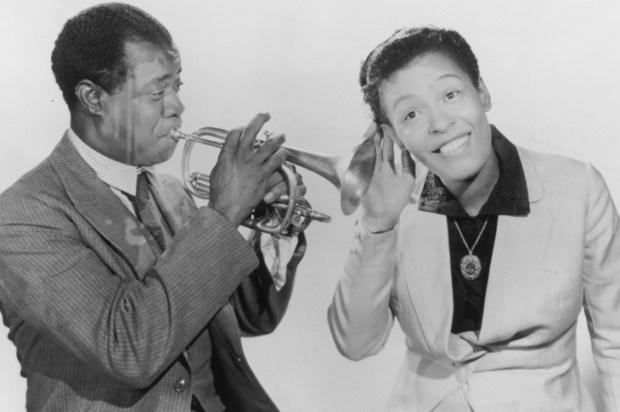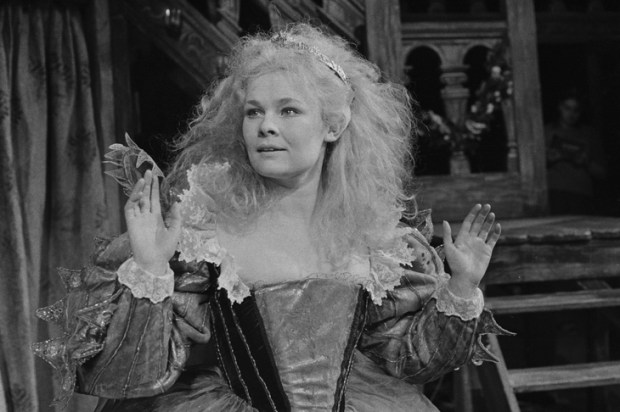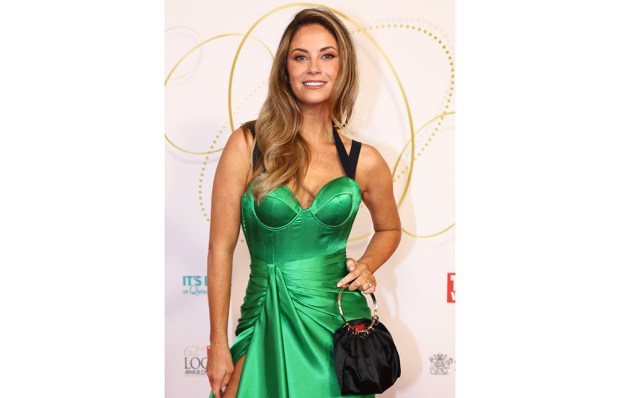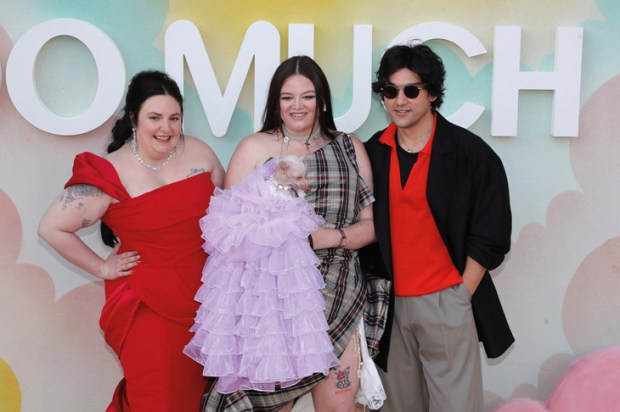Edward Albee’s Who’s Afraid of Virginia Woolf? culminates the great stretch of American drama that runs from Tennessee Williams’ The Glass Menagerie in 1944. But Albee’s 1962 play was not only an instant hit it was also made into a film by the great Mike Nichols in 1966 with Richard Burton and Elizabeth Taylor at the height of their powers as the storming game-playing George and Martha so that the film is so much the Platonic idea of the play that it has become a yardstick which is also a hurdle. Actresses aspire to play Martha as an absolute realisation of what can be achieved with stage acting at a level which is incomparable. Well, Kat Stewart and her husband David Whiteley disprove the Burton/Taylor curse. This new version of Who’s Afraid of Virginia Woolf? which began life at the tiny Red Stitch Theatre is dazzling and Kat Stewart bestrides the stage with an extraordinary power and panache, her voice thrilling through every eloquent curse or sneer or hushed improbable moment of tenderness so that this actress – famous for her TV work – becomes colossal. Her tremendous histrionic authority means that she is Martha. All comparisons become academic. And Whiteley rises to meet her as he captures all the roughness and ravaged capacity for suffering and cruelty that is central to this donnish character who is at the same time the killer, moment by moment, and then finally with a great rush of elegiac tenderness, of the thing he loves. It is a performance of such deep-dyed emotional reality in the midst of every possible charade of feeling and denial of feeling that we gasp at the energy with which Whiteley brings alive one of the greatest characters conceived for the stage.
Have no doubt about seeing another Virginia Woolf. This one is utterly distinct from the Nichols/Burton/Taylor classic. It’s true that Harvey Zielinksi as the young biology professor and Emily Goddard as Honey are less glamorous than their film forebears but this is trivial compared to the quality of their performances. This couple are the witnesses to both the comical fantasies enacted like so many spears thrown and the terrible fantasy for which only the Latin of ancestral tradition can offer a requiescat.
This production held the full house of the Comedy Theatre where John Gielgud who would go on to do Albee’s weird symbolistic play Tiny Alice did his Ages of Man when Virginia Woolf was only a stage hit. And this new production works in an absolute way like great music. There is a stillness, there is the light patter of chuckling; and when the show was finished the audience leapt to its feet almost as one.
A tradition has been revived, a great play revisited with no sense of diminution. We can only hope the rest of the country gets to see it. After all it had been an exceptional Broadway hit with the great Uta Hagen (Paul Robeson’s Desdemona) and, yes, there was a commercial run of Virginia Woolf at Melbourne’s Princess Theatre with Bunney Brooke, who went on to Number 96, as Martha and Brian James as George with Kevin Colson ideally cast as the young biology academic. And there were revivals, one from the Melbourne Theatre Company with Wendy Hughes and Gary McDonald in 2007 went nowhere.
But Who’s Afraid of Virginia Woolf? was always open to interpretation. Those who saw her say Kathleen Turner’s Martha in New York and London was extraordinary. And then there’s Albee’s own confession that his dream duo was in fact James Mason and Bette Davis.
You need only hear Kat Stewart declaim the Bette Davis line, ‘What a dump’ to know that you’re in the hands of a great actor. She makes Albee’s dialogue the idiom of her being. She towers over the stage like a bird of prey, she slithers like a snake, her dominion is in this pit of pain and hilarity in which the idea of the play becomes a dreadful rainbow of possibilities. And Whiteley at every point indicates with a husky depth that the world might be otherwise, that the pas de deux is a dance of death. Kat Stewart and Dion Mills did Strindberg’s The Creditors in 2010 which reminded us like Ian McKellen and Frances De La Tour’s 2004 Dance of Death of the affinity between Strindberg and Albee.
Edward Albee also wrote The Zoo Story, one of the greatest one-act plays ever written in which one character contrives to have another kill him. It’s one of the most impassioned pieces of absurdism we have and it’s easy to miss in the midst of the upper-middle-class familiarities and early-Sixties loucheness of Virginia Woolf how much it comes out of the absurdist tradition.
But Sarah Goodes’ production does so with thunder, candour and brilliance. She covers the edges of the proscenium arch in silken fabric so that the action transpires in something like a poisoned chocolate box and the performance is also miked which mercifully makes it audible if you’re in the back stalls. Goodes has two intervals, observing Albee’s three acts. The lighting gleams like a false promise of day, then deepens into a night reflective of mood then back into some hectic hue of humour. People are imagined drinking Bergin and killing their parents. Snap go the dragons. There are phantoms of blue-haired golden-eyed boys. And young women get all puffed up with hysterical pregnancies.
Goodes controls the palette with a masterful magnificence. She makes a world engendered by mood and maelstrom into her glove box. And you get the strongest sense that this Who’s Afraid of Virginia Woolf? would not have the diamond-sharp quality it has if it had simply gone straight to an MTC stage. It’s as if the amplitude of the comedy had to have its first breath of life in the concentrated space Red Stitch allows. This is the theatre of Kat Stewart and David Whiteley and this genuinely great production makes us realise how much this writers’ and actors’ theatre should so naturally show Goodes and Stewart and Whiteley to be the heirs of a modern dramatic classic.
Everyone who cares about the craft of theatre and the art of acting and directing should see this Virginia Woolf. It has miracle performances in a magical production. It should be seen in the West End, it should be seen on Broadway.
Got something to add? Join the discussion and comment below.
You might disagree with half of it, but you’ll enjoy reading all of it. Try your first month for free, then just $2 a week for the remainder of your first year.













